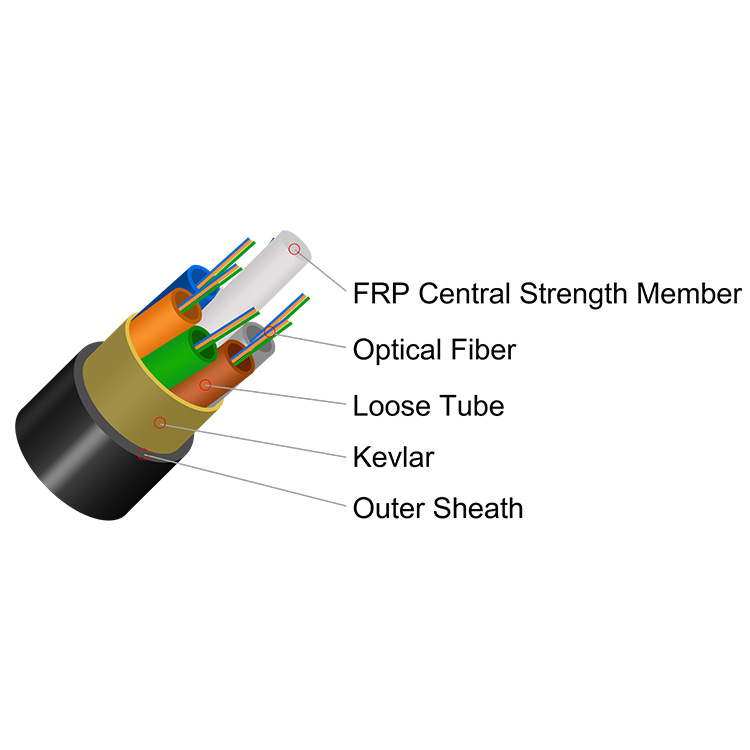The use of fiber optic cable in water and wastewater applications has become increasingly popular in recent years. One of the most commonly used types of fiber optic cable in these applications is All-Dielectric Self-Supporting (ADSS) cable. ADSS fiber optic cable is ideal for use in environments with high levels of moisture, such as those found in water and wastewater treatment facilities.
However, installing ADSS fiber optic cable in these environments can present several challenges. One of the biggest challenges is ensuring that the cable is properly protected from moisture and water intrusion. Water and wastewater treatment facilities are often wet and humid environments, which can cause the cable to become damaged and lead to signal loss. Additionally, the cable must be able to withstand the mechanical stresses of installation, such as tension and bending.
To address these challenges, there are several solutions available. One solution is to use a water-blocking gel in the cable construction to provide additional moisture protection. Another solution is to use a cable with a higher tensile strength to withstand the mechanical stresses of installation. Additionally, proper cable routing and support can help to minimize the risk of damage to the cable during installation.
When selecting ADSS fiber optic cable for water and wastewater applications, it’s important to work with a manufacturer or supplier that has experience in these types of installations. They can provide guidance on selecting the right cable for your specific application and can help to ensure that the cable is properly installed and protected. By taking these steps, you can ensure that your fiber optic cable installation is reliable and provides the high-speed communication that your facility needs.
Post time: Apr-18-2023
